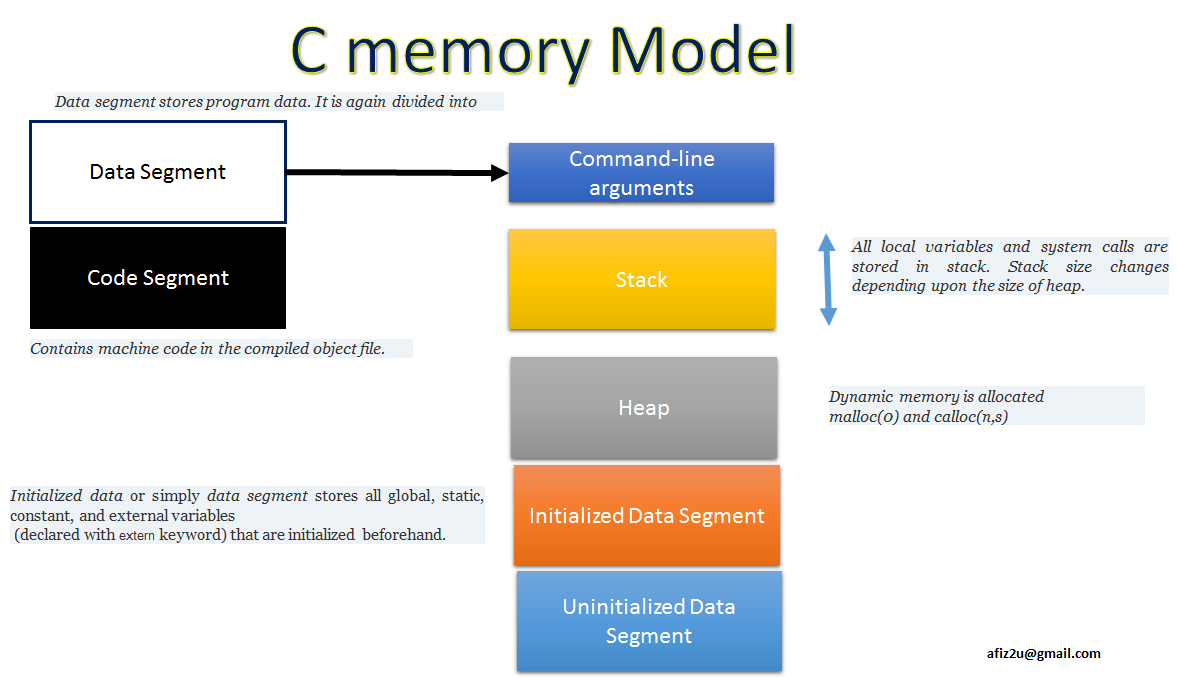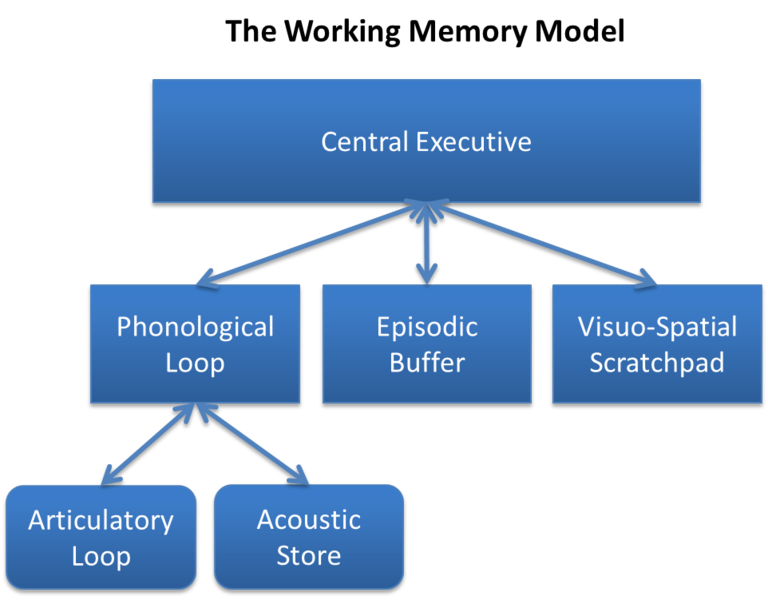Memory Model Diagram C++ C Memory Model Explained In 40 Char
Memory diagram c Memory model courses lectures cs washington edu allocation stack picture index Working memory model diagram
C Programming: Memory Model in C Programming
Memory layout in c Memory model 2. c++ memory model
A sample memory model for figure 3
Memory heap stack diagram assembly ram data structure structures static management dynamic locations picture above processing use which into runSolved draw a memory model for the following code: public Memory layout of c programMemory model (from [5]).
Buffer overflow exploitation tutorialMemory virtual stack heap process diagram layout program address overflow environment model arrangement buffer exploitation management cpu top which Memory program allocate programming stack cpp study types use lessonC++ tutorial: taste of assembly.

Working memory model in psychology (baddeley & hitch)
Dynamic memory allocation in cMemory layout of c program Inline specifier compilation in c/c++Memory phonological loop working diagram wikimedia commons model baddeley hitch term language spatial.
Graphical representation of memory modelExample programs in c: c memory model Psychology sensory term developmental labeledC memory model explained in 40 characters.

Memory and linux processes ~ uptime
C programming: memory model in c programmingLog on to constellation What content allowed with model program compilation – telegraphHttp://courses.cs.washington.edu/courses/cse374/16wi/lectures/memory.
The 3 stages of memory: an in-depth guide (with examples!)Solved i dont understand how to make this a memory diagram Atkinson shiffrin psychology encoding retrieval processes recall examples term rehearsal memories consciousness explainsProgram memory in c++ programming.

Visual representation of the memory model
Memory diagramsMemory psychology episodic types human term brain short tree humans behavior psych saved tumblr choose board Memory layout of c programs-csdn博客Memory management in c + + basics.
What is the phonological loop? .







